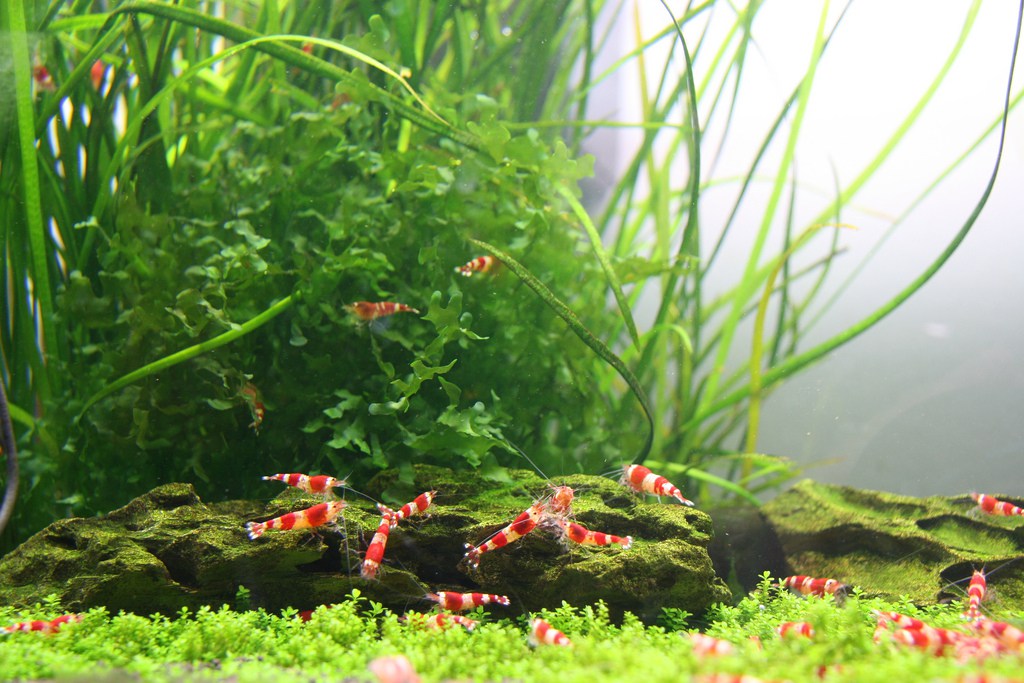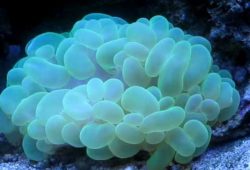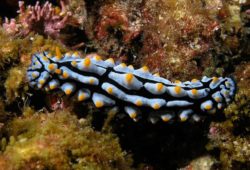Shrimp, Snails, Crayfish and Other Invertebrates for the Freshwater Aquarium and Goldfish Bowl
In the article I’m going to tell you about Shrimp, Snails, Crayfish and Other Invertebrates for the Freshwater Aquarium and Goldfish Bowl. While most people thinking of invertebrates for the aquarium are thinking of marine invertebrates, there are a surprising number of freshwater invertebrates that make excellent tank inhabitants. Many freshwater invertebrates do not require large amounts of space, making them ideal for Nano tanks or even goldfish bowls.

Some eat algae or uneaten fish food, while others are stunningly beautiful. Sometimes such useful attributes even belong to the same creature. However, freshwater invertebrates don’t always have the same requirements as fish and the requirements differ considerably between different species.
Freshwater Shrimp
Freshwater shrimp are probably the most decorative freshwater invertebrates. There are many species, each with its own color pattern and mode of life. As most species are small, they do not require much space. Freshwater shrimp are harassed or eaten by many fish species so tank mates must be considered carefully. I tried keeping Cherry Shrimp with a Pygmy Gourami and regretted the decision. The Gourami harassed my shrimp and probably caused the death of two of the five. Endler’s Livebearers, however, coexisted peacefully with the shrimp.
Different species have different temperature and pH tolerances, but some of them, like the Amano shrimp, tolerate cool water very well. The Amano shrimp requires brackish water to breed, which makes it very difficult to breed in captivity. Individuals in pet shops can be assumed to be wild caught. Red Cherry shrimp prefer tropical temperatures but have a tolerance for a wide pH Range and can be easily bred in captivity. They are easy to find and are recommended for beginners.
There are so many different species of freshwater shrimp with so many different needs that it is hard to make generalizations. Detailed information on the different species of shrimp and their care can be found at //shrimpfanatics.com/.
Crayfish
Crayfish live in running water in nature. This means they need a filter or at least an air stone. They are are best kept one to a tank as they are likely to fight with each other. Crayfish are larger than most of the other invertebrates we are discussing here and large adults will need considerable space. Ten gallons is enough for an adult of most of the North American species, but some of the Australian species can reach 16 inches and would need a 30-50 gallon tank. There are a few dwarf species such as the Dwarf Cajun Crayfish, Cambarellus schufeldtii, that can be kept in a smaller tank or in a group in a 10 gallon tank if there are enough hiding places.
Crayfish will eat fish if the fish are small enough, so tank mates need to be considered very carefully. Crayfish can be fed on shrimp pellets, but there are often specialty crayfish foods available. Temperature requirements vary, but many species are happier in cold water than a tropical tank. More information can be found at canadiancrayfish.com.
Triops
There are two Triops species commonly kept in captivity, T. cancriformis and T. longicaudatus. Both have similar care requirements. Triops prefer warm water of about 22-31° C. They do not require much space. One Triops can easily be kept in a gallon container. They are typically bought as dried eggs which are sent through the mail without harm. The eggs must dry out, otherwise they will not hatch. They prefer a neutral to alkaline pH. A filter is not required, but they produce enough waste that a weekly 25% water change is recommended if you aren’t using a filter. They will eat almost anything. More information about Triops can be found at mytriops.com
Snails
While people often try to get rid of snails in their aquarium, snails can be a fascinating addition if you get the right species. Any animal can be a pest if it’s in the wrong place.
Snails do not eat fish poop. They usually eat uneaten fishfood, algae, and some aquarium plants. The last is the reason why they are often unwelcome in planted fish tanks. Snails require a certain amount of calcium in the water to build their shells, and for this reason tend to do better in hard alkaline water than in very soft acidic water.
Apple snails grow large and eat plants. They are sold under a variety of names, including Golden Mystery Snail, Ivory Snail, Mystery Snail, and Giant Ramshorn. There are multiple species, one of which, Pomacea maculata, is the world’s largest freshwater snail. It can grow up to a diameter of 6 inches. Because of its size it is not really suitable for bowls or small tanks. More information on apple snails can be found at applesnail.net.
Malaysian trumpet snails burrow in the gravel and eat uneaten fishfood. They do not eat plants. They have an unusual elongated shell that makes them easy to recognize. More information can be found at planet inverts.
Common pond snails are the snails that turn up unintentionally when you buy aquatic plants. They breed prolifically, and are often considered a pest. I currently have a couple in my aquarium and they appear to be doing no harm, but that may be because the plants in my tank are things like java fern which are avoided by most plant eaters. The pH is low enough that it may be inhibiting them as well. These snails are easy to feed, do well at both tropical and low temperatures and are not aggressive towards other animals so in the right place they can be good tank inhabitants.
There are a number of snail species around in addition to those above. Knowing the habits of the species you pick will go a long way to making you happy with your snails.
In the End
There are many interesting invertebrates that can be kept in freshwater tanks. Each type of invertebrates has its own needs and habits which should think consider as you would for any fish that you decided to add to your tank. When treated with respect, freshwater invertebrates can be great tank inhabitants.



